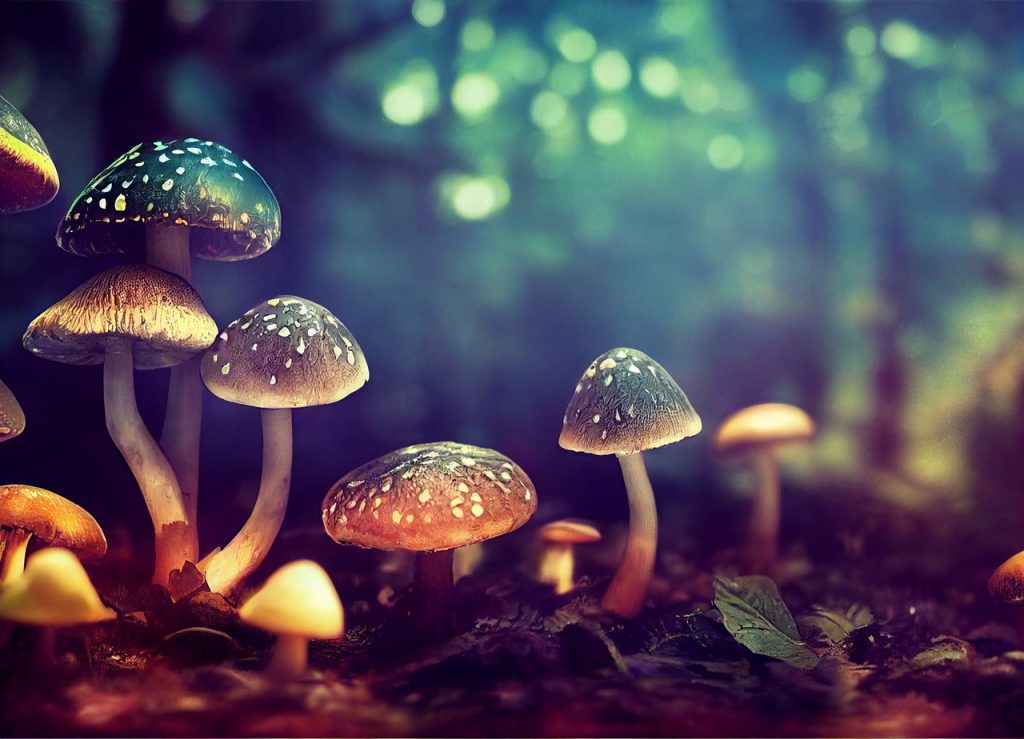In recent years, advancements in artificial intelligence (AI) have revolutionized various fields, and digital art is no exception. One particular system that has stirred up excitement is OpenAI’s DALL-E 2, the successor to the original DALL-E. This AI, capable of generating incredibly detailed images from textual descriptions, offers unexplored opportunities for artists, designers, and enthusiasts. In this guide, we’ll delve into the process of creating AI art with DALL-E 2.
Understanding DALL-E 2
Before starting with DALL-E 2, understanding its capability is vital. DALL-E 2, like its predecessor, is an AI model trained using a variant of GPT-3, a sophisticated natural language processing AI. DALL-E 2, however, comes with substantial enhancements in detail rendering, versatility, and the ability to create animations.
Despite its sophistication, DALL-E 2 is designed to be user-friendly, with the core of its functionality built around understanding and interpreting textual prompts to create corresponding images. It’s capable of generating anything from animals and objects to complex scenery and abstract concepts.
Accessing DALL-E 2
To begin creating with DALL-E 2, you first need to access it. At the time of writing, the best way to access DALL-E 2 is through the OpenAI API, which provides a gateway to the AI model for users. While this requires an API key, OpenAI has documentation to guide users through the process of acquiring one.
Once you have your API key, you can integrate it into your software of choice – many users opt for Python-based solutions due to the ease of interfacing with the API. Remember to follow best practices in terms of securing your key and respecting the terms of use.
Crafting Your Prompts
The key to successful image generation with DALL-E 2 lies in your prompt. You input textual descriptions into the AI model, which then interprets them to generate corresponding images. The prompts can be as specific or as vague as you want, from “a red apple” to “a futuristic cityscape at sunset.”
However, success often comes from understanding the balance between precision and creativity in your prompts. Being overly specific can limit the model’s creative interpretation, while being too vague may result in images that do not align with your vision.
Experimenting with different prompts and observing their output can greatly improve your understanding of how DALL-E 2 interprets descriptions. Also, remember that DALL-E 2 can understand and depict abstract concepts, a feature that you can use to your advantage to create truly unique pieces of art.
Generating Your Art
Once you have your prompt, you can send it to DALL-E 2 via the OpenAI API. The system will then start the process of image generation, interpreting your text and working on creating the visual representation.
It’s essential to understand that DALL-E 2 doesn’t just generate a single image per prompt. Instead, it provides numerous variations for each description, allowing you to select the one that best aligns with your vision. Therefore, you should explore the different outputs generated by DALL-E 2 before settling on the final piece.
Fine-Tuning and Rendering
One of the most exciting aspects of DALL-E 2 is its ability to produce high-resolution images. After selecting a specific output, you can request the model to render it in higher detail. This feature is particularly valuable for those planning to use their AI-generated art for professional purposes, such as digital art prints or graphic design projects.
Creating Animations
A significant upgrade from the original DALL-E is DALL-E 2’s ability to create animations. This new feature empowers users to create dynamic content, taking AI artistry to another level.
Creating an animation with DALL-E 2 requires sequential prompts, telling a story or illustrating a process over time. For example, a series of prompts could begin with “a seed sprouting,” followed by “a young plant growing,” and ending with “a fully bloomed flower.” The AI will generate corresponding images for each stage, which can then be compiled into an animation.
Fine-tuning the timing, rhythm, and transition of these animations can be accomplished with video editing software. While DALL-E 2 handles the content creation, the editing process allows for personalized adjustments to create a cohesive animated sequence.
Ethics and Limitations
As you explore the possibilities of DALL-E 2, it’s crucial to remain aware of its ethical implications and limitations. While DALL-E 2 opens up exciting opportunities, misuse can lead to problems, such as the creation of deepfakes or copyright infringements. Therefore, it’s essential to use DALL-E 2 responsibly.
Furthermore, while DALL-E 2 can create impressive and detailed images, it’s not a magic solution to all artistic challenges. It doesn’t entirely understand the intricacies of human experience, culture, or history embedded in visual art. So, there might be times when the output isn’t quite what you expected.
Conclusion
OpenAI’s DALL-E 2 offers an unprecedented platform for creativity, enabling artists to translate textual descriptions into detailed images and animations. However, as with any tool, it is up to the user to learn to wield it effectively, balancing the specificity of prompts with creative freedom, understanding its strengths and weaknesses, and using it responsibly.
As AI continues to evolve, tools like DALL-E 2 will undoubtedly become increasingly integrated into the artistic process, offering novel ways to conceive and execute digital art. As you embark on your journey with DALL-E 2, embrace the opportunity to push boundaries and explore new creative horizons.







